|
Love Twitter for engaging with other editorial and language professionals? We've got one tip for you: Don't engage with content you hate.
|
|
Check out these additional resources that will help you develop your fiction-editing business.
|
She is an Advanced Professional Member of the Chartered Institute of Editing and Proofreading (CIEP), a member of ACES, a Partner Member of The Alliance of Independent Authors (ALLi), and co-hosts The Editing Podcast.
- Get in touch: Louise Harnby | Fiction Editor & Proofreader
- Connect: Twitter at @LouiseHarnby, Facebook and LinkedIn
- Learn: Books and courses
- Discover: Resources for authors and editors
What's covered in this post
- How there are multiple Englishes with different spellings
- The difference between spelling style and voice
- A case study from the 007 files
- Overcoming ‘But it looks wrong’
- Adding regional flavour to voice
- 3 examples of when spelling inconsistency works
- A note on suffixes, dashes and quotation marks
Multiple Englishes, different spellings
Most words are spelled the same regardless of which English is in play, though there are many that aren’t, for example ‘color’/’colour’, ‘judgment’/‘judgement’, ‘harmonize’/‘harmonise’, ‘behavior’/‘behaviour’, ‘gray’/‘grey’, 'liter'/'litre'.
None are right or wrong, better or worse, or correct or incorrect. Rather, the way each version of English is spelled is about convention and style.
This post uses examples of American English (AmE) and British English (BrE) style to explain how to approach spelling/voice conundrums in fiction.
The difference between spelling style and voice
- How the words in a novel are spelled is for the most part a question of style.
- What a character says, thinks, feels, and the words used to report this on the page, is a question of voice. This is the case for dialogue and narrative.
Voice isn’t something that’s spelled. Rather, it’s something the reader experiences, ‘hears’ with their mind’s ear. It therefore follows the base spelling style, regardless of where the character comes from. With that in mind:
- If you’re writing fiction, decide on your spelling style and stick to it.
- If you’re editing for an author, identify the spelling style and aim for consistency.
The easiest way to illustrate how spelling consistency works is with a case study. Let’s take a peek into the world of 007!
A case study from the 007 files
The version from Hodder & Stoughton (part of Hachette UK), published in 2011, is styled as follows:
‘Now, I’m ninety per cent sure he’ll believe you,’ Bond said. ‘But if not, and he engages, remember that under no circumstances is he to be killed. I need him alive. Aim to wound in the arm he favours, near the elbow, not the shoulder.’ Despite what one saw in the movies, a shoulder wound was usually as fatal as one to the abdomen or chest.
The Night Action alert meant an immediate response was required, at whatever time it was received. The call to his chief of staff had blessedly cut the date short and soon he had been en route to Serbia, under a Level 2 project order, authorising him to identify the Irishman, plant trackers and other surveillance devices and follow him.
The version from Pocket Star Books (a division of Simon and Schuster), published in 2012, is styled as follows:
“Now, I’m ninety percent sure he’ll believe you, Bond said. “But if not, and he engages, remember that under no circumstances is he to be killed. I need him alive. Aim to wound in the arm he favors, near the elbow, not the shoulder.” Despite what one saw in the movies, a shoulder wound was usually as fatal as one to the abdomen or chest.
The Night Action alert meant an immediate response was required, at whatever time it was received. The call to his chief of staff had blessedly cut the date short and soon he had been en route to Serbia, under a Level 2 project order, authorizing him to identify the Irishman, plant trackers and other surveillance devices and follow him.
Later in the novel (Chapter 26), Felix Leiter, an American, joins Bond on his mission. Here’s how Leiter’s dialogue is rendered in the AmE version:
And here it is in the BrE version. Leiter is still American and still has the same distinct voice, but now the spelling has changed (as has the punctuation; note the spaced en dash and single quotation marks).
Overcoming ‘But it looks wrong’
For example, perhaps they use idiomatic phrases that wedge them firmly in a country, state/province/county or even town/city that we’re from.
The British editor working on a book set in Southern California and written by an American author who writes in AmE might well struggle when a viewpoint character from Norfolk (the UK one where I live) turns up in Santa Barbara and mutters the following on seeing a cluster of huge ladybirds:
“Look at the color o’ them bishy barnabees. And big as a thruppence too!”
The spelling of ‘color’ might jar because ‘thruppence’ is so clearly unAmerican, so very British, while ‘bishy barnabees’ is particular to Norfolk. And yet the spelling is (and should be) AmE if that’s how the novel’s been styled overall.
An editor colleague recently reported this kind of problem in a Facebook group discussion. The novel was set in AmE, but the British viewpoint character spoke, thought and talked to herself in a Yorkshire accent. The first-person narration style deepened the voice still further.
‘The character's voice is really strong,’ the editor said, ‘and the US spelling seems at odds.’
The editor slept on it and the next day announced a simple but clever solution that had enabled her to overcome her resistance.
‘I mentally changed the British voice to a South African one so that I'm not so conscious of spelling variations, et voilà! It's suddenly clear as day.’
It’s a neat trick, a way of breaking the false connection between spelling and voice. If you come up against a similar situation, try it!
Adding regional flavour to voice
It’s worth bearing in mind, too, that language is often borrowed to the extent that some words no longer feel like, say, Britishisms, Americanisms, Canadianisms or Indianisms when they roll out of our mouths, regardless of how we identify or where we live.
Would I, a Brit, ever use the terms ‘cell phone’ and ‘movie’ rather than ‘mobile’ and ‘film’? Yes, I would.
How about ‘elevator’ rather than ‘lift’, ‘sidewalk’ rather than ‘pavement’, ‘aluminum’ rather than ‘aluminium’? Would I refer to ‘my mom’ rather than ‘my mum?’ Not while roaming around Norwich, but on a visit to Chicago, possibly, if I wanted to ensure people understood me. And almost definitely if I'd made my home there for some time.
Perhaps, then, the trick is not to be too precious about it, either when we’re writing or editing. Instead, we can consider the character’s environment and the degree to which the ‘local’ language flavour is something they’re likely to have assimilated into their speech, thoughts and narratives.
Those choices aside, the spelling style will be consistent. Unless …
3 examples of when spelling inconsistency works
The character is spelling a spelling
Imagine a Bond novel is styled in BrE. Bond and Leiter are speaking to each other on the phone and the line is terrible. Bond thinks Leiter has said ‘dissenter’. Leiter’s dialogue might go like this: ‘Not dissenter. The centre. C-E-N-T-E-R. Move to the centre.’
A proper noun is being referenced
Now imagine Bond’s telling Leiter that he’s received intelligence about a heist in the Rockefeller Center. Even if the novel’s styled in BrE, the AmE spelling of ‘Center’ should be retained because it’s referencing the name of a building.
Excerpts from written materials have been transcribed
Excerpts from diaries, newspaper cuttings, reports, letters, texts and so on can be rendered in the spelling style most likely used by whomever in the novel wrote them because they’re supposed to be authentic transcripts.
Imagine that Bond’s reading a document written by an American CIA operative. Even if the novel is styled in BrE, the spelling in the report would be AmE, unless referencing a proper noun that required a BrE spelling.
A note on suffixes, dashes and quotation marks
Suffixes
In AmE, it’s standard to spell with -iz- suffixes.
In BrE, both -iz- and -is- are standard. Again, it’s a matter of style.
Thus, in the Night Action alert excerpt above, if Hodder had elected to use ‘authorized’ instead of ‘authorised’, this would not have been a slippage into American spelling but a style choice – an accepted BrE variant that’s been around since the sixteenth century.
Dashes
While most US publishers favour closed-up em dashes and most British publishers favour spaced en dashes when used parenthetically (see the Leiter snippet in the case study), it’s not wrong to used unspaced em dashes when writing in BrE style; it’s Oxford’s preference, for example.
Quotation marks
Again, while it’s more common to see single quotation marks in BrE styling and doubles in AmE, this isn’t an unbreakable rule. Indie authors can choose, for example, BrE spelling and double quotation marks if they wish.
In all three cases, consistency is what counts.
Summing up
Spelling is about style. The goal is consistency in the main, complemented by good-sense deviation when necessary.
That’s how the mainstream publishing industry approaches it, and editors and writers will do well to follow their lead.
Related resources
- Author and editor resources library
- Blog post: How do I find spelling inconsistencies when proofreading and editing?
- Blog post: How to convey accents in fiction writing: Beyond phonetic spelling
- Blog post: What's the difference between a rule and a preference? Advice for new writers
- Booklet: British English and US English in your fiction, and why you should be consistent
- Podcast: Think it’s American? Think again!
- Podcast: Linguist Rob Drummond on grammar pedantry, peevery and youth language
Visit the grammar and spelling page in my resource library to download a free booklet summarizing suffix variations in American and British English.
She is an Advanced Professional Member of the Chartered Institute of Editing and Proofreading (CIEP), a member of ACES, a Partner Member of The Alliance of Independent Authors (ALLi), and co-hosts The Editing Podcast.
FIND OUT MORE
> Get in touch: Louise Harnby | Fiction Editor & Proofreader
> Connect: Twitter at @LouiseHarnby, Facebook and LinkedIn
> Learn: Books and courses
> Discover: Resources for authors and editors
Listen to find out more about:
- Who are the grammar police?
- Social media and the grammar police
- Pedantry versus professional editing for style, preference and flow
- Writing style: Business, academia, web copy, creative non-fiction, fiction
- Conventions and standards versus rules and errors
- How and when to tell a writer about an error
- Dealing with the grammar police
Editing bites
- Blue Book of Grammar and Punctuation, by Jane Straus
- TextExpander
Music credit
‘Vivacity’ Kevin MacLeod (incompetech.com). Licensed under Creative Commons: By Attribution 3.0 License.
She is an Advanced Professional Member of the Chartered Institute of Editing and Proofreading (CIEP), a member of ACES, a Partner Member of The Alliance of Independent Authors (ALLi), and co-hosts The Editing Podcast.
Visit her business website at Louise Harnby | Fiction Editor & Proofreader, say hello on Twitter at @LouiseHarnby, connect via Facebook and LinkedIn, and check out her books and courses.
BLOG ALERTS
TESTIMONIALS
Dare Rogers
'Louise uses her expertise to hone a story until it's razor sharp, while still allowing the author’s voice to remain dominant.'
Jeff Carson
'I wholeheartedly recommend her services ... Just don’t hire her when I need her.'
J B Turner
'Sincere thanks for a beautiful and elegant piece of work. First class.'
Ayshe Gemedzhy
'What makes her stand out and shine is her ability to immerse herself in your story.'
Salt Publishing
'A million thanks – your mark-up is perfect, as always.'
CATEGORIES
All
Around The World
Audio Books
Author Chat
Author Interviews
Author Platform
Author Resources
Blogging
Book Marketing
Books
Branding
Business Tips
Choosing An Editor
Client Talk
Conscious Language
Core Editorial Skills
Crime Writing
Design And Layout
Dialogue
Editing
Editorial Tips
Editorial Tools
Editors On The Blog
Erotica
Fiction
Fiction Editing
Freelancing
Free Stuff
Getting Noticed
Getting Work
Grammar Links
Guest Writers
Indexing
Indie Authors
Lean Writing
Line Craft
Link Of The Week
Macro Chat
Marketing Tips
Money Talk
Mood And Rhythm
More Macros And Add Ins
Networking
Online Courses
PDF Markup
Podcasting
POV
Proofreading
Proofreading Marks
Publishing
Punctuation
Q&A With Louise
Resources
Roundups
Self Editing
Self Publishing Authors
Sentence Editing
Showing And Telling
Software
Stamps
Starting Out
Story Craft
The Editing Podcast
Training
Types Of Editing
Using Word
Website Tips
Work Choices
Working Onscreen
Working Smart
Writer Resources
Writing
Writing Tips
Writing Tools
ARCHIVES
July 2024
June 2024
May 2024
April 2024
March 2024
October 2023
August 2023
July 2023
June 2023
May 2023
April 2023
March 2023
January 2023
December 2022
November 2022
October 2022
September 2022
August 2022
July 2022
June 2022
May 2022
April 2022
March 2022
February 2022
January 2022
December 2021
November 2021
October 2021
September 2021
August 2021
July 2021
June 2021
May 2021
April 2021
March 2021
February 2021
January 2021
December 2020
November 2020
October 2020
September 2020
August 2020
July 2020
June 2020
May 2020
April 2020
March 2020
February 2020
January 2020
December 2019
November 2019
October 2019
September 2019
August 2019
July 2019
June 2019
May 2019
April 2019
March 2019
February 2019
January 2019
December 2018
November 2018
October 2018
September 2018
August 2018
July 2018
June 2018
May 2018
April 2018
March 2018
February 2018
January 2018
December 2017
November 2017
October 2017
September 2017
August 2017
July 2017
June 2017
May 2017
April 2017
March 2017
February 2017
January 2017
December 2016
November 2016
October 2016
September 2016
June 2016
May 2016
April 2016
March 2016
February 2016
January 2016
December 2015
November 2015
October 2015
September 2015
July 2015
June 2015
May 2015
March 2015
February 2015
January 2015
November 2014
October 2014
September 2014
August 2014
July 2014
June 2014
March 2014
January 2014
November 2013
October 2013
September 2013
August 2013
June 2013
February 2013
January 2013
November 2012
October 2012
September 2012
August 2012
July 2012
June 2012
May 2012
April 2012
March 2012
February 2012
January 2012
December 2011
|
|
|


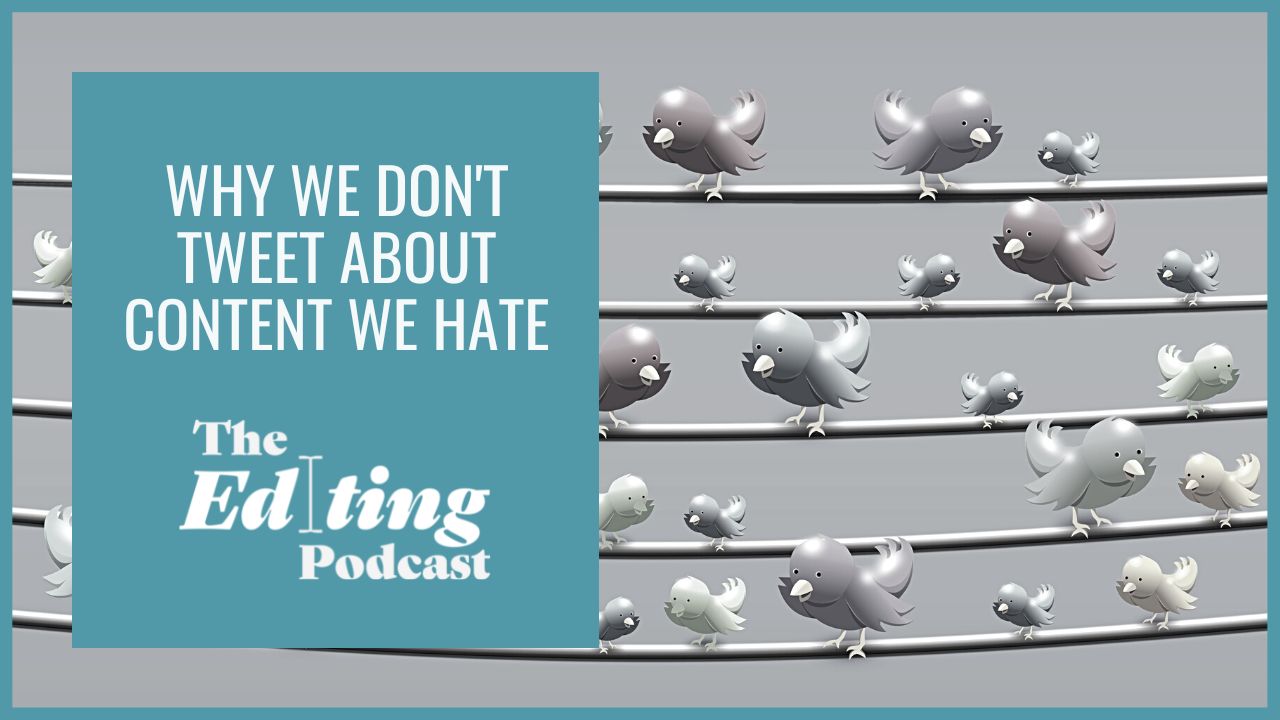
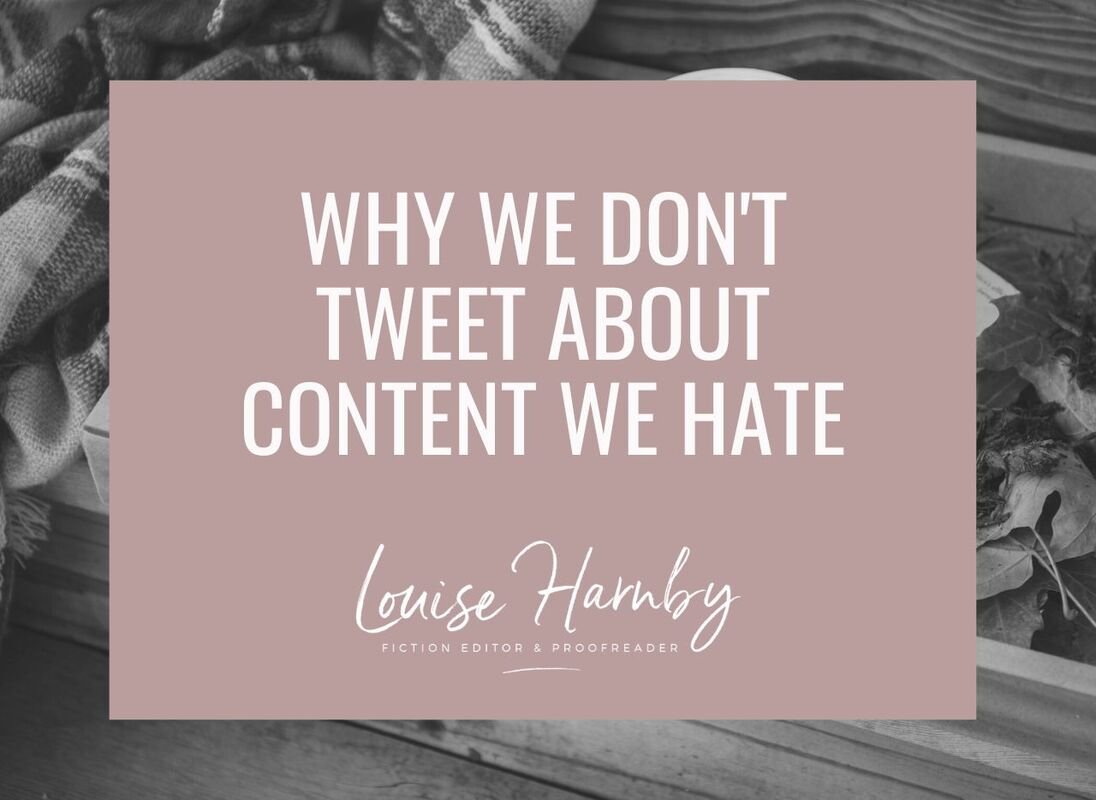
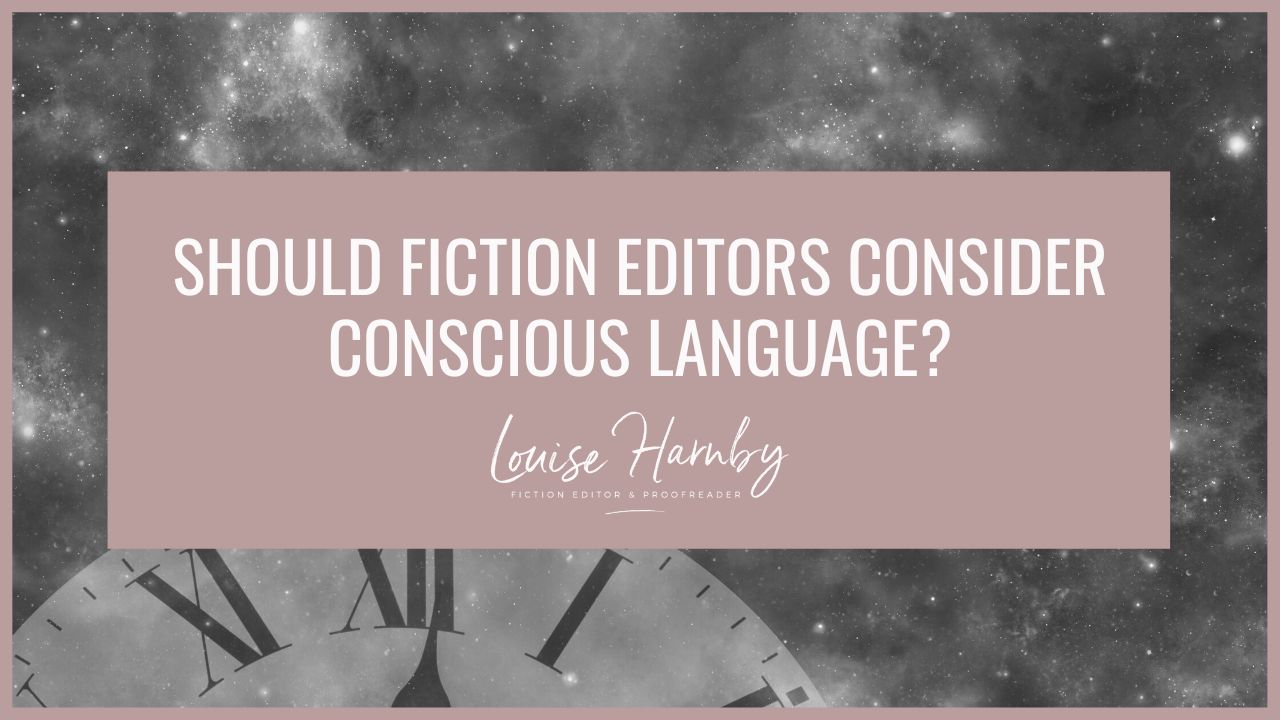
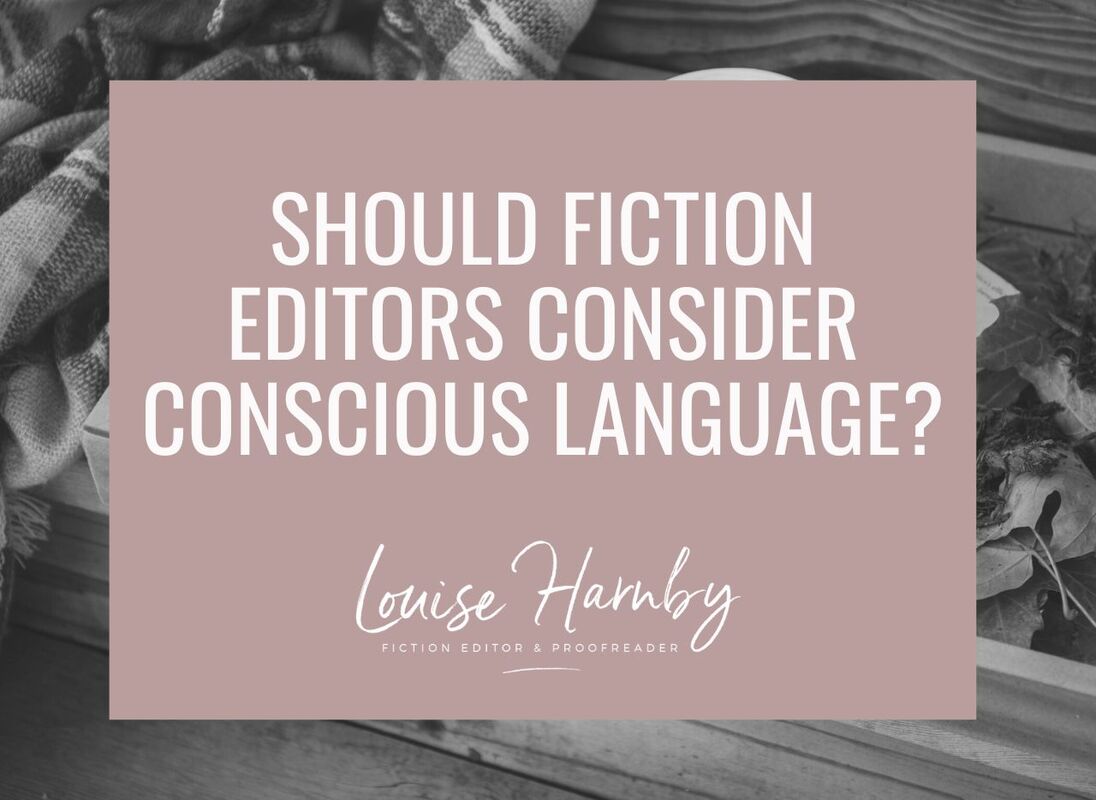
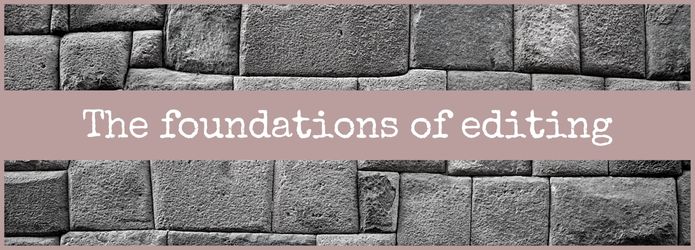
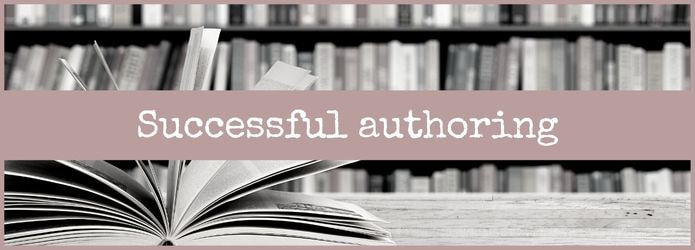
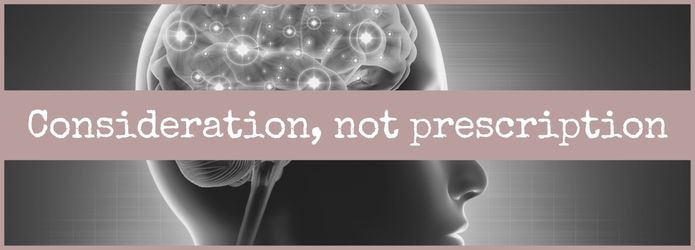
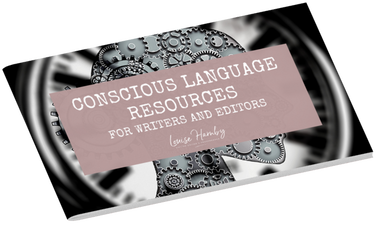
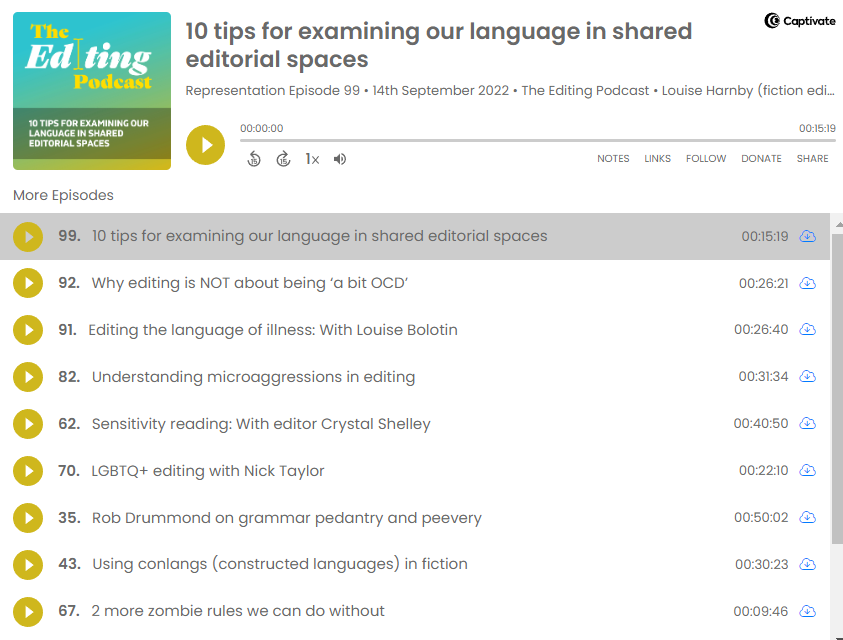
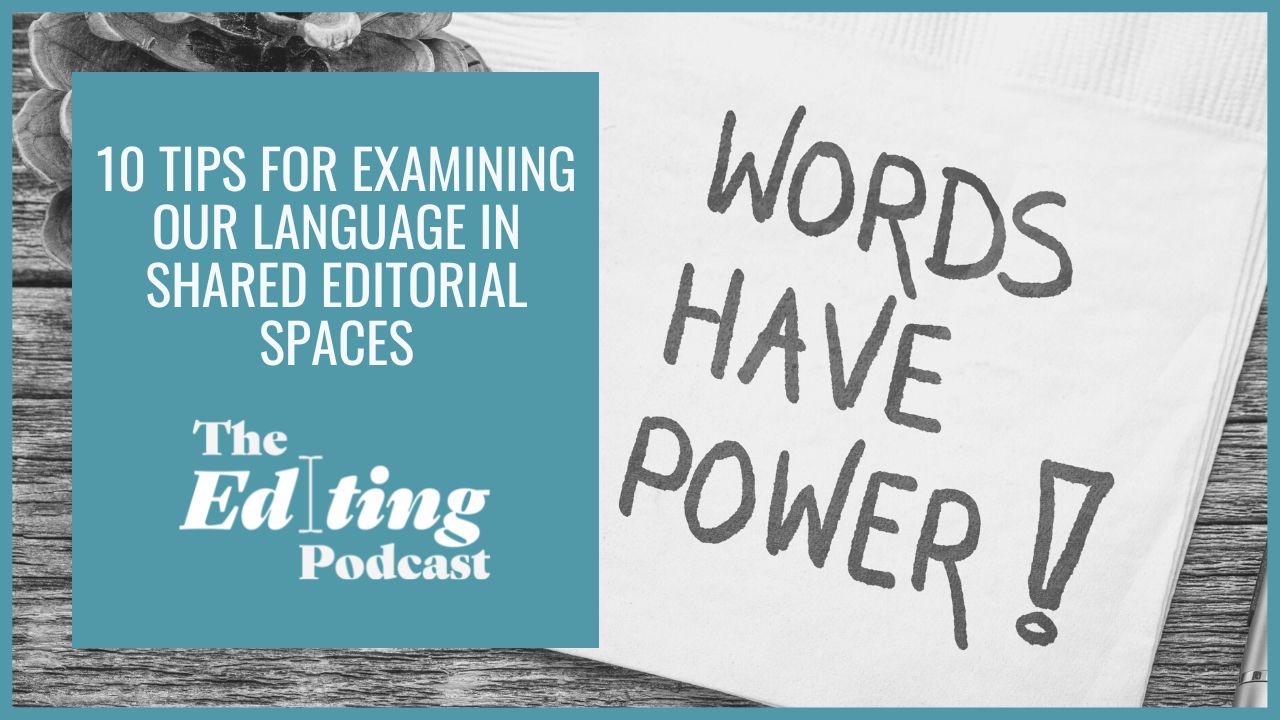
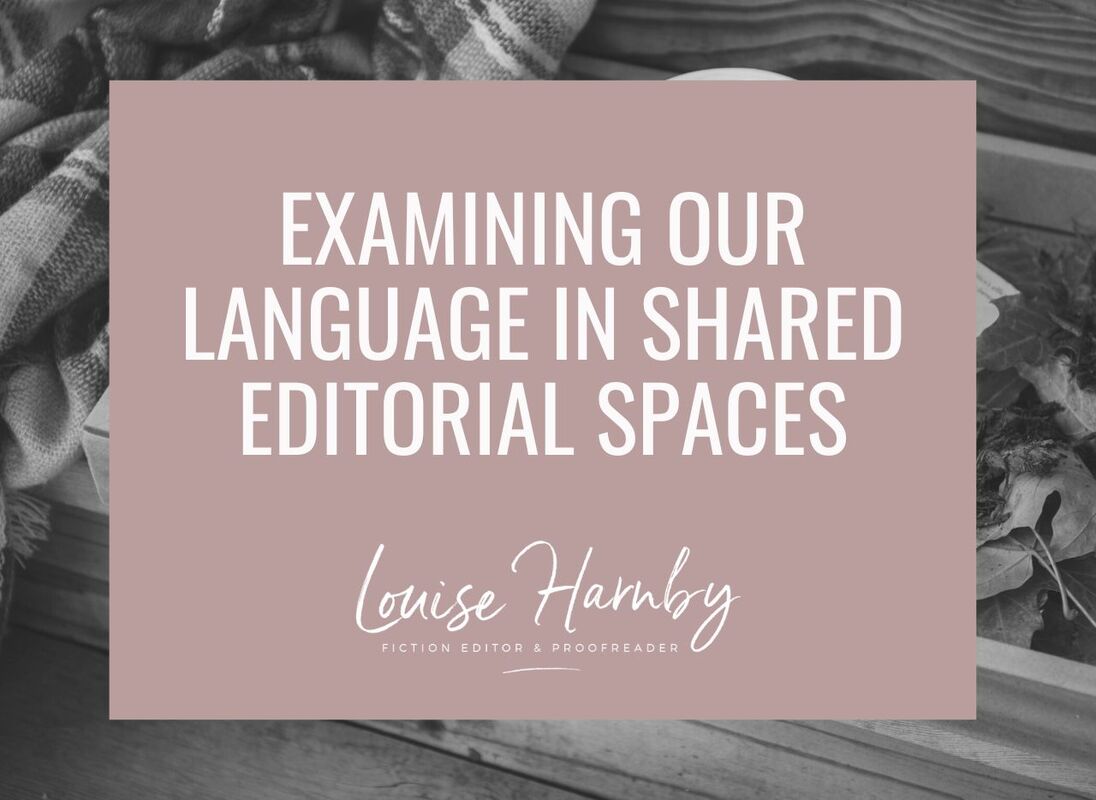
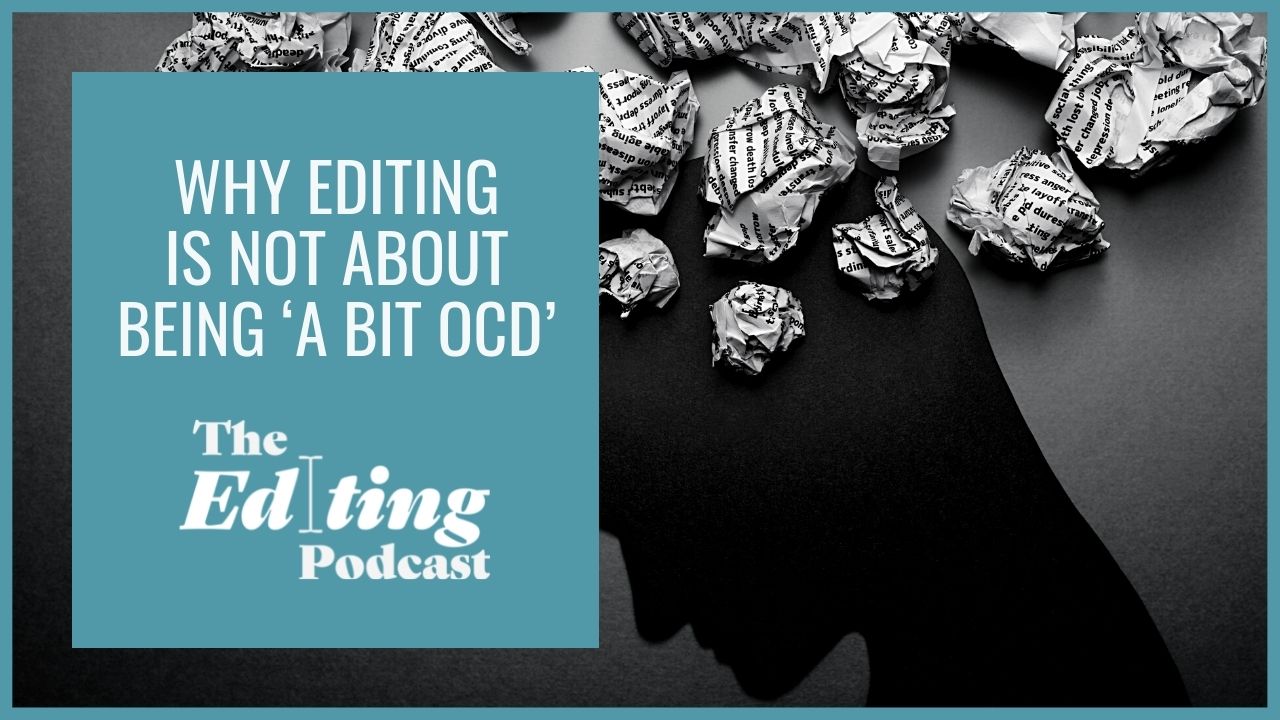
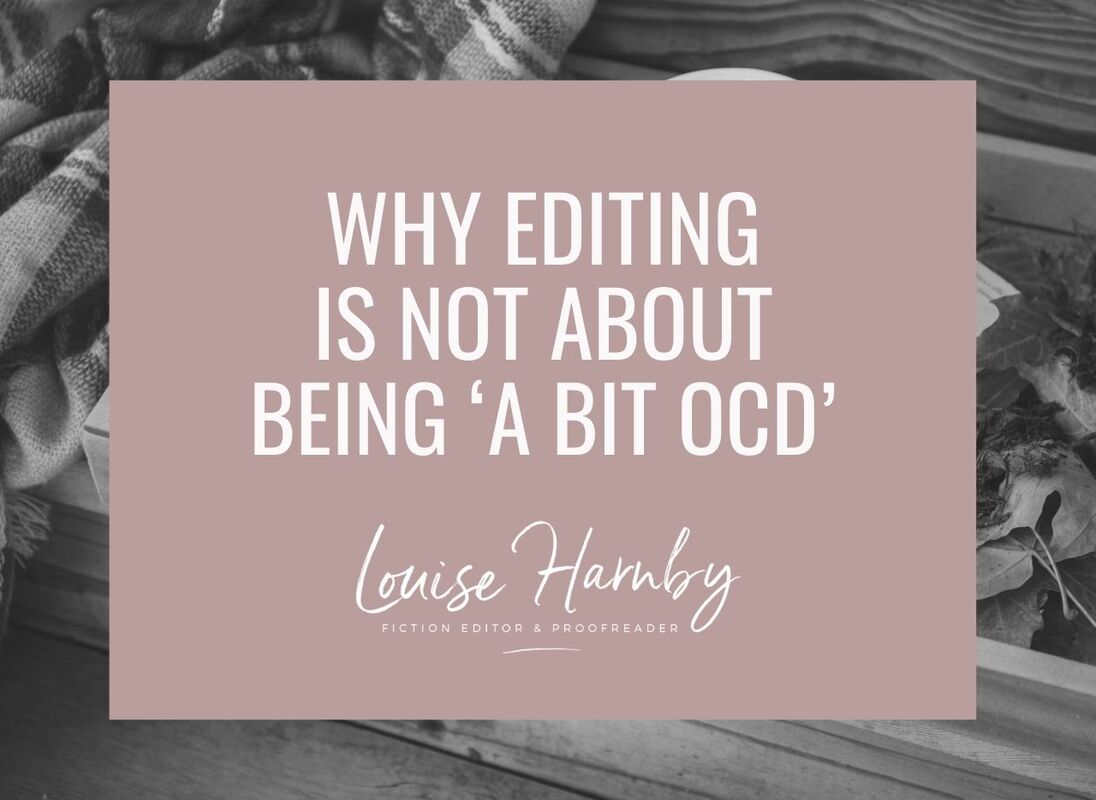
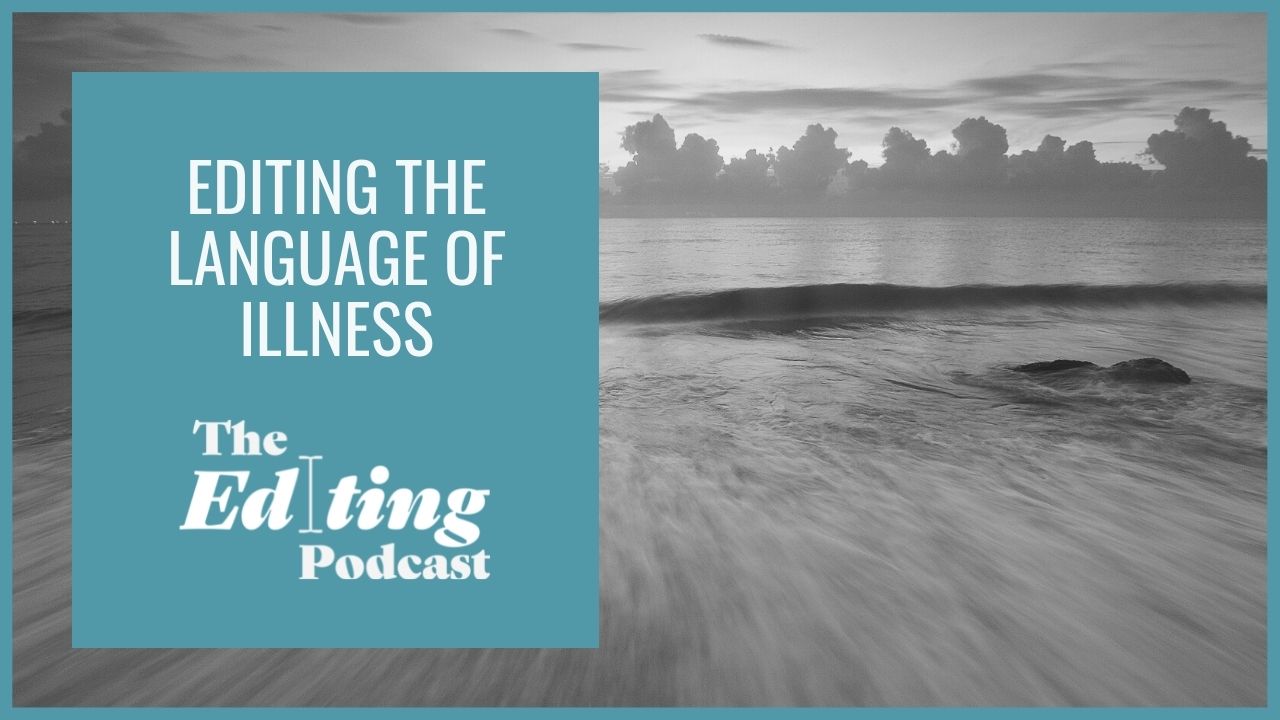
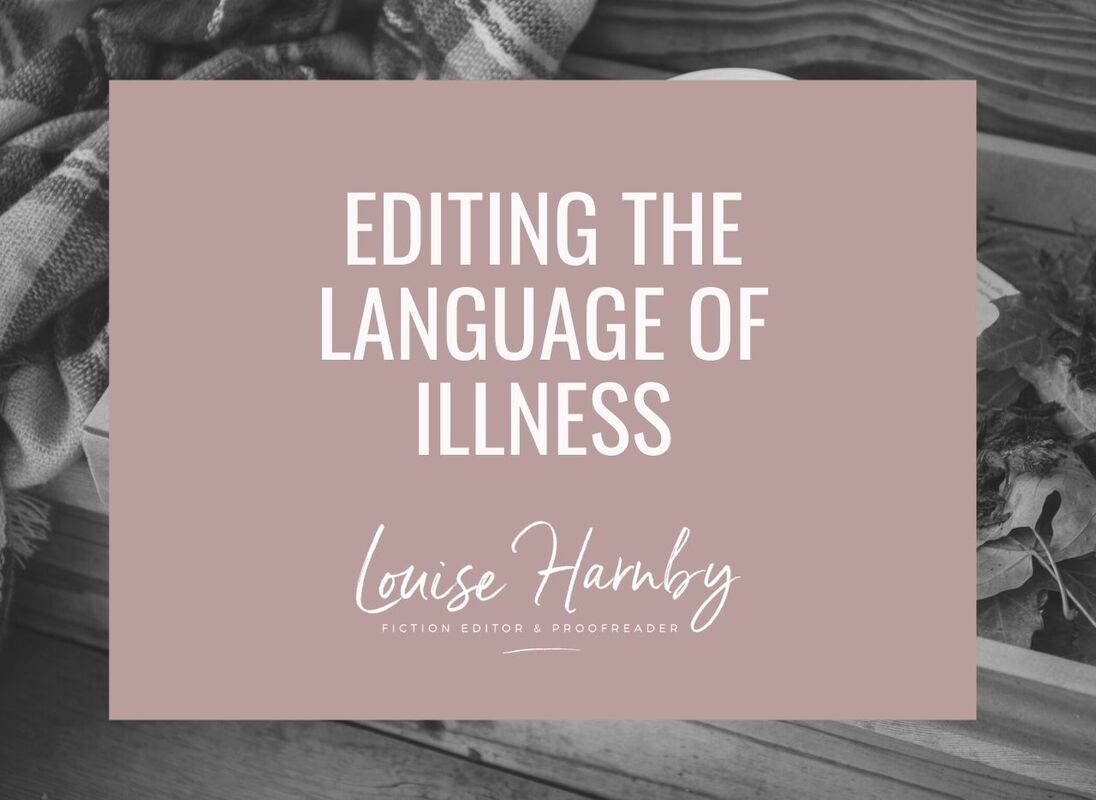
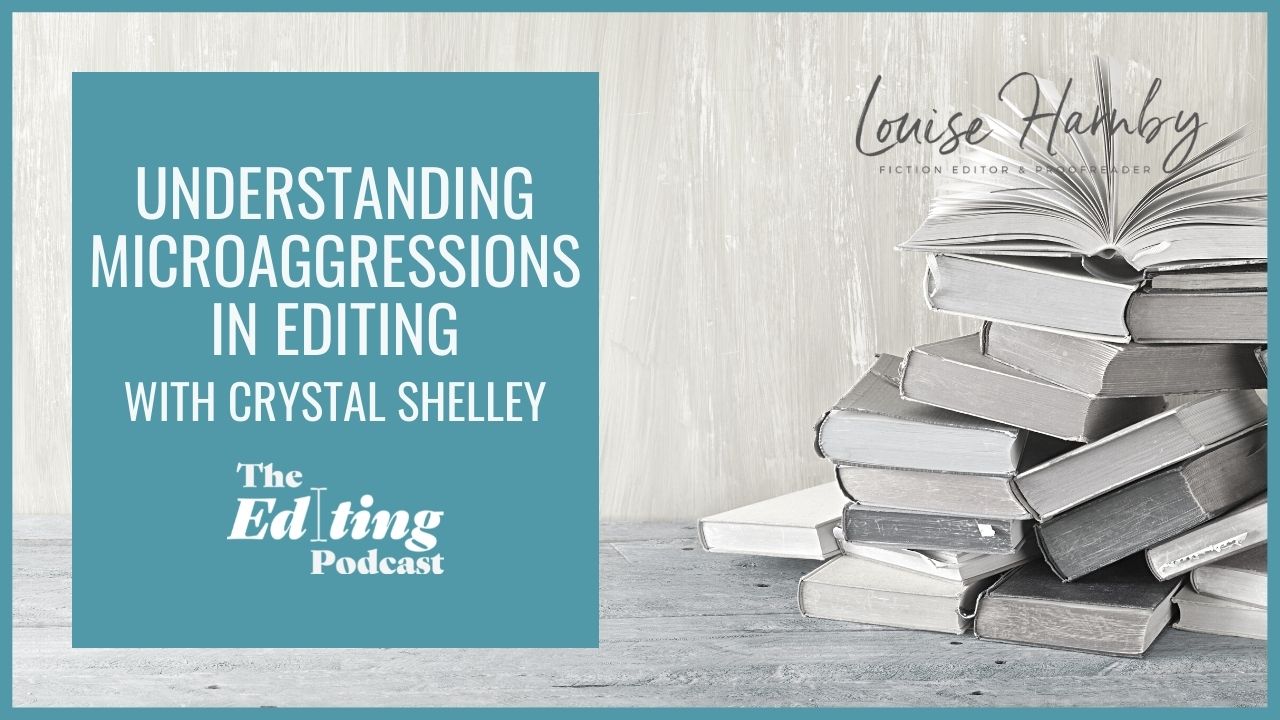
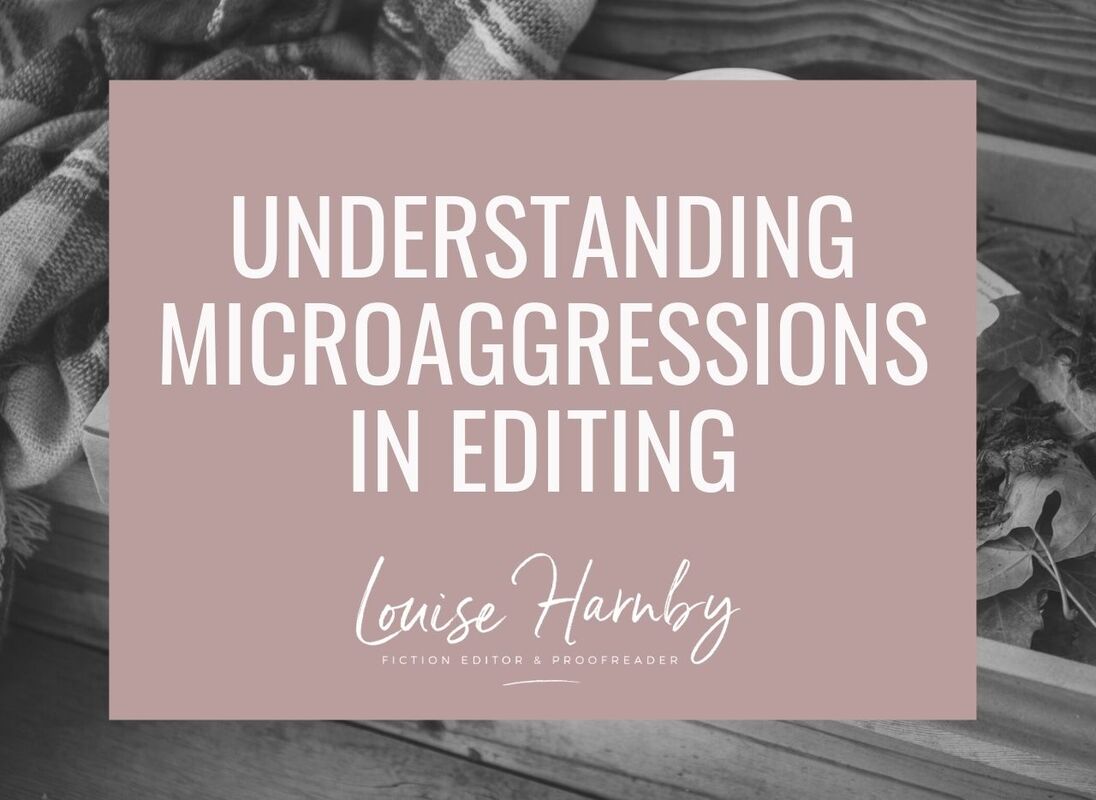
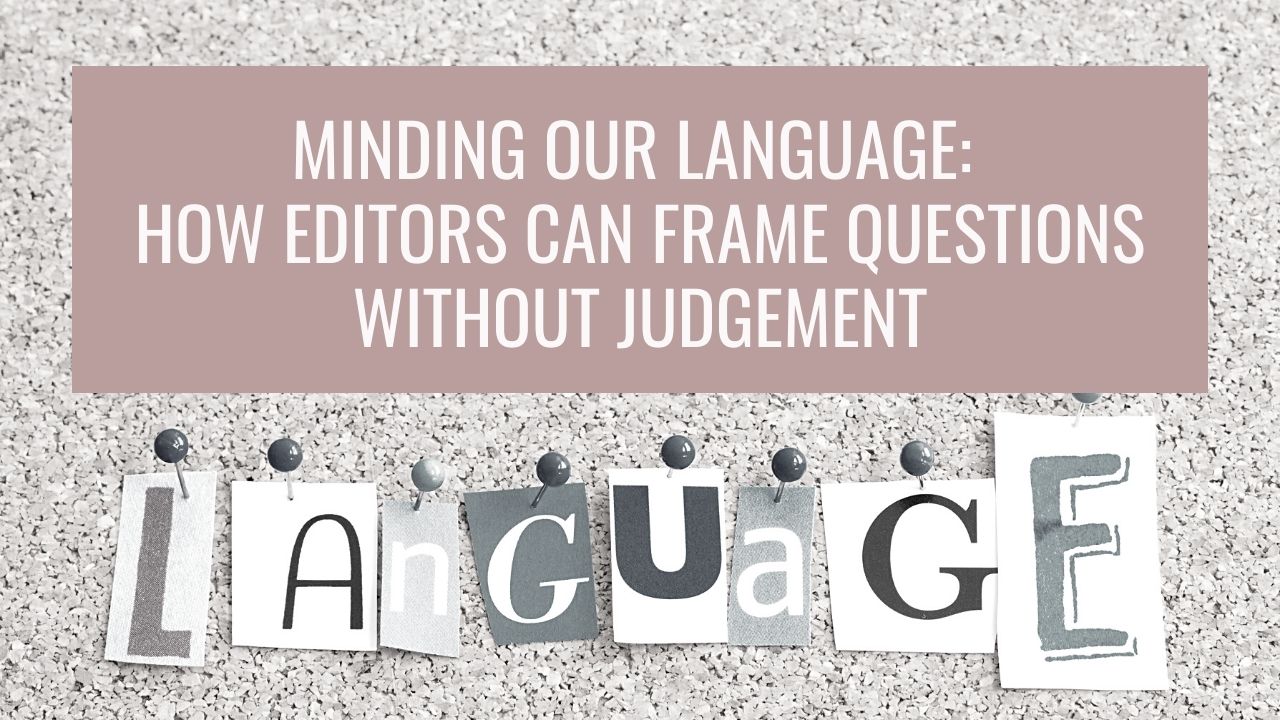
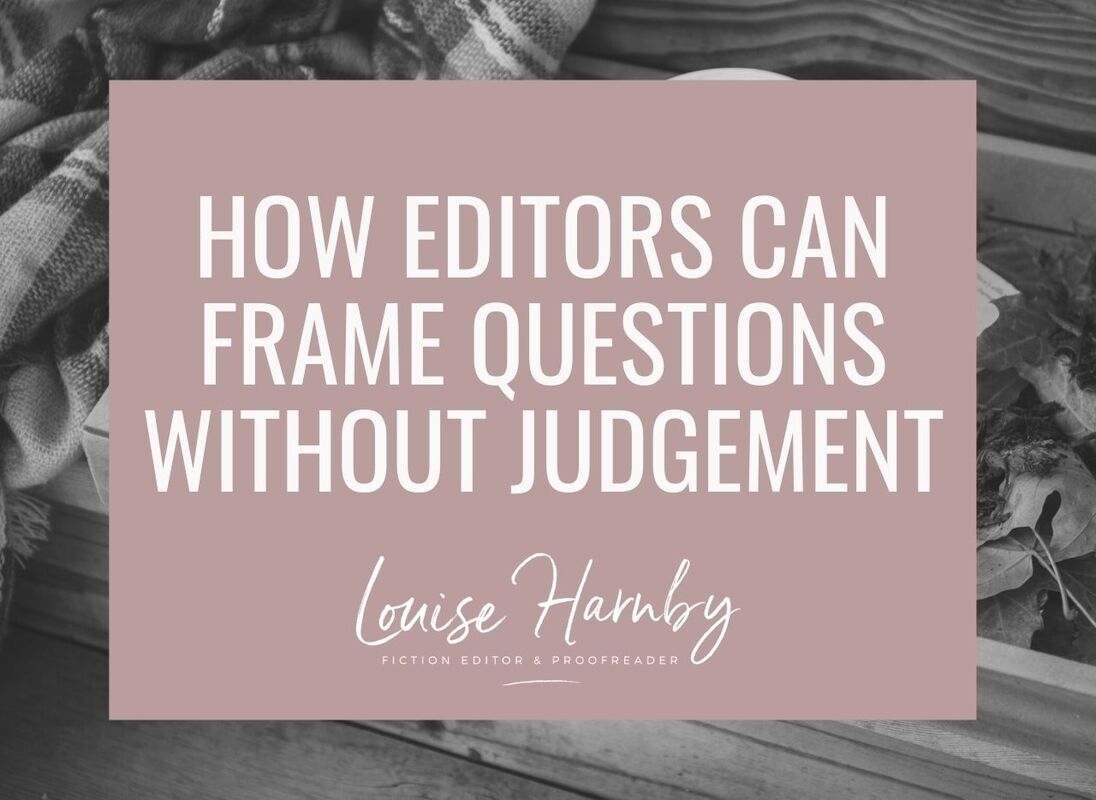




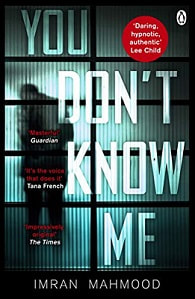

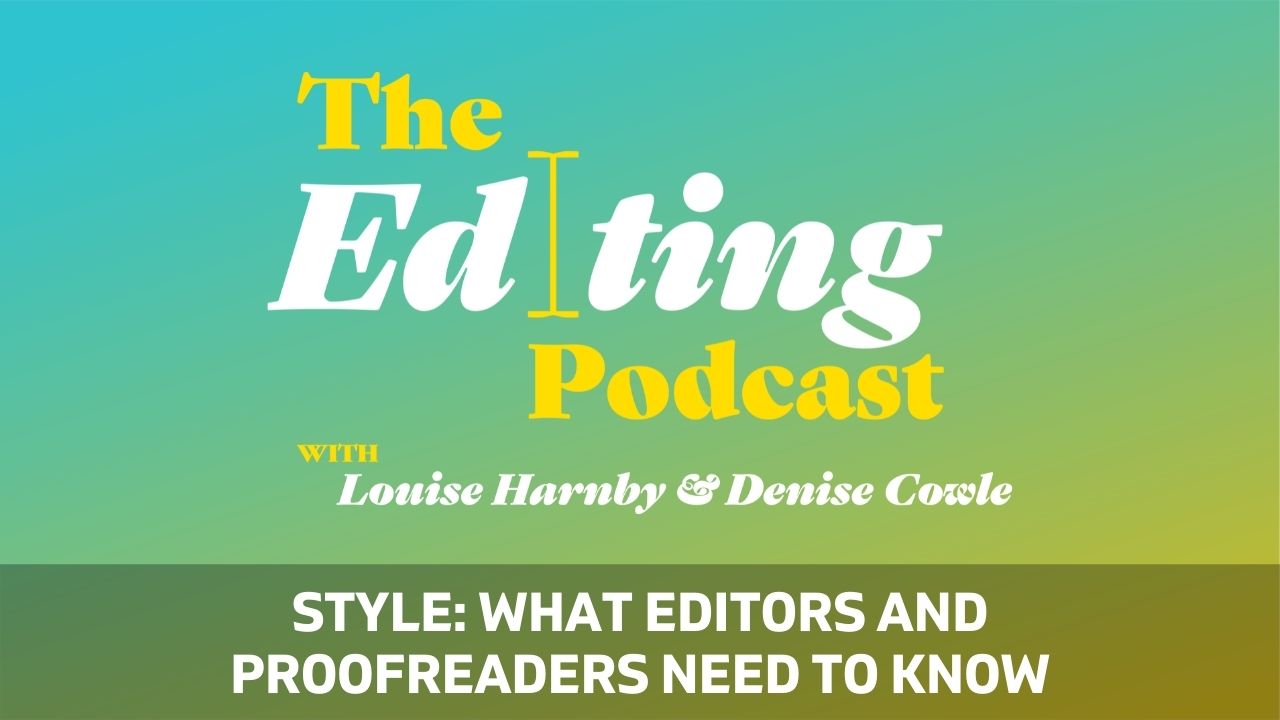
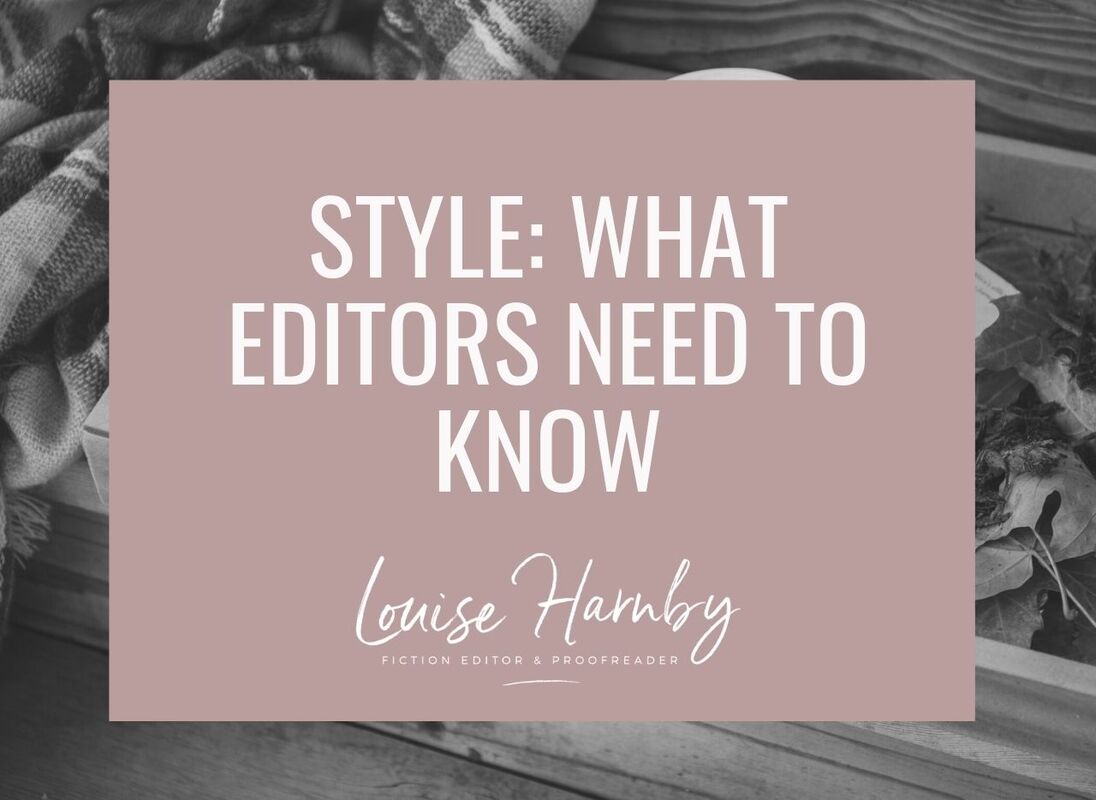
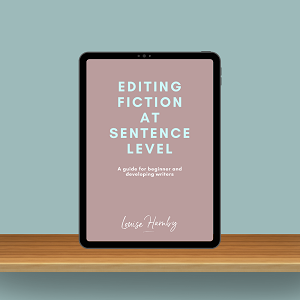
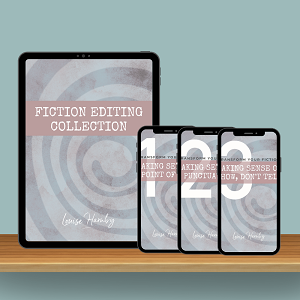
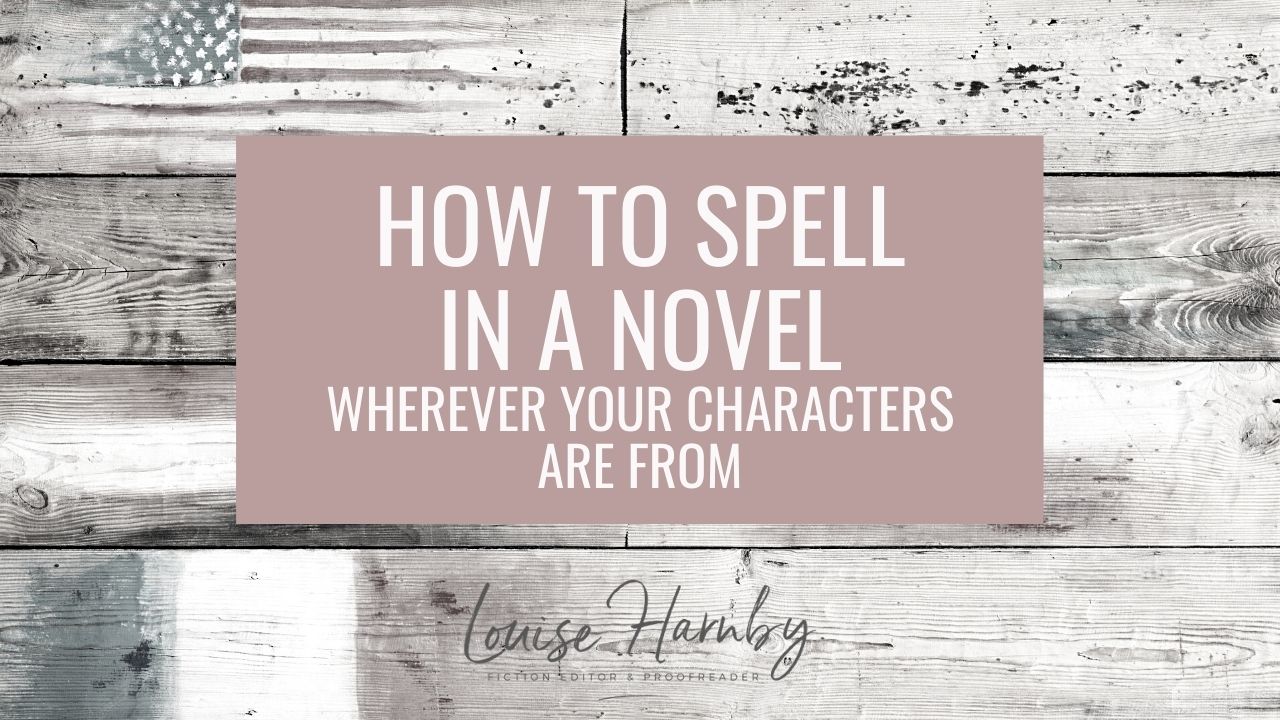
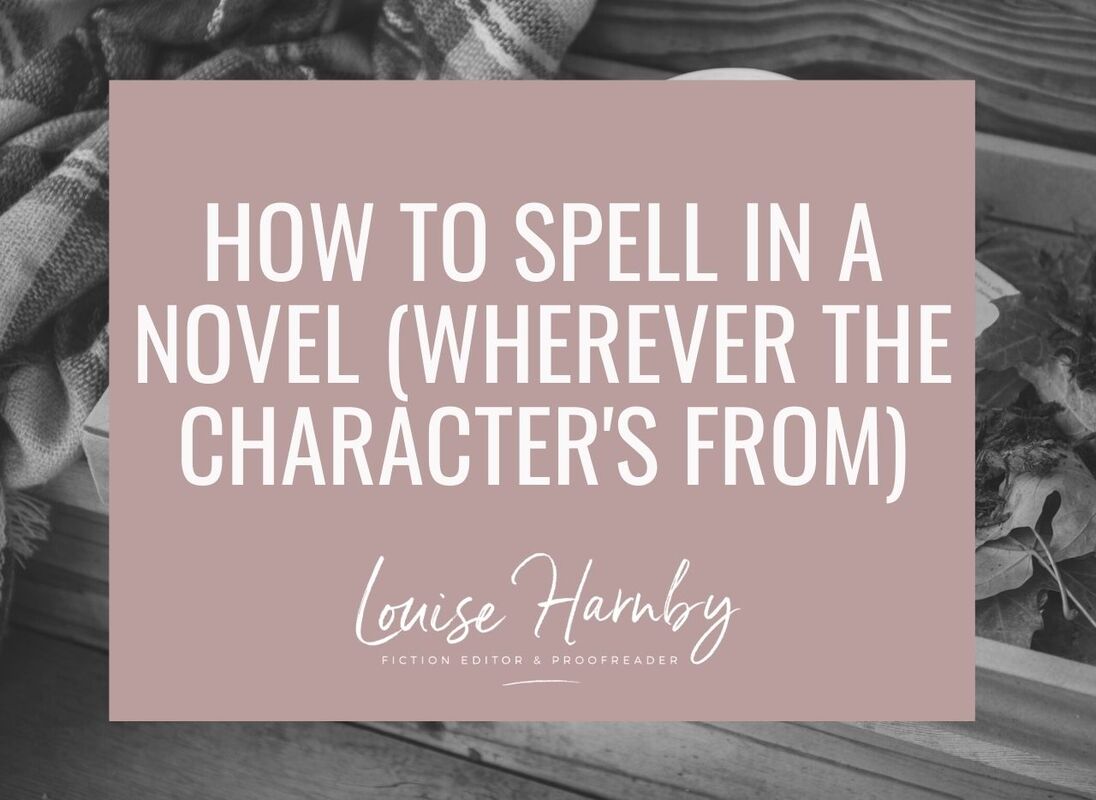



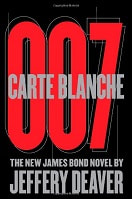




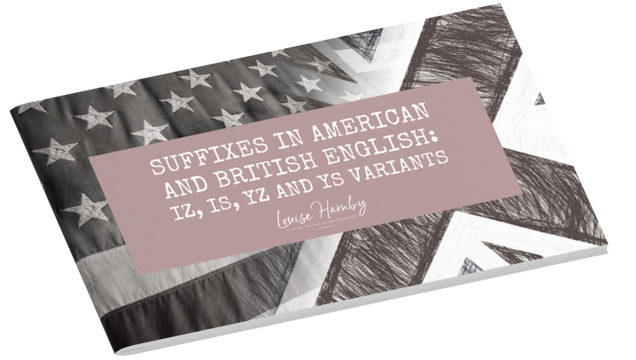
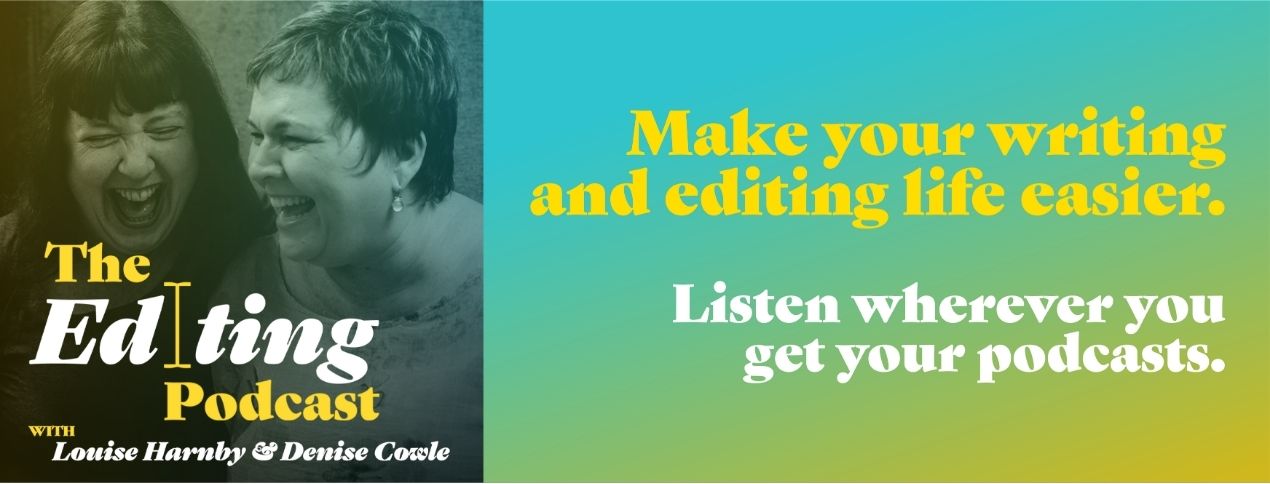
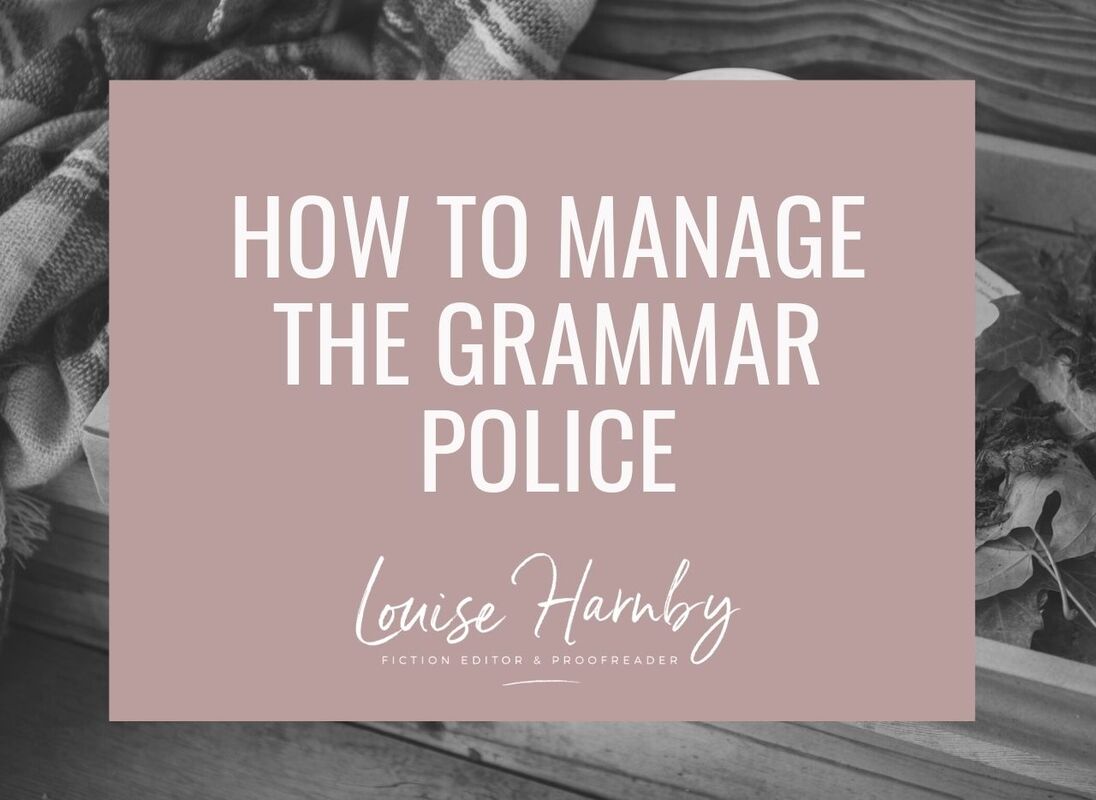













 RSS Feed
RSS Feed





